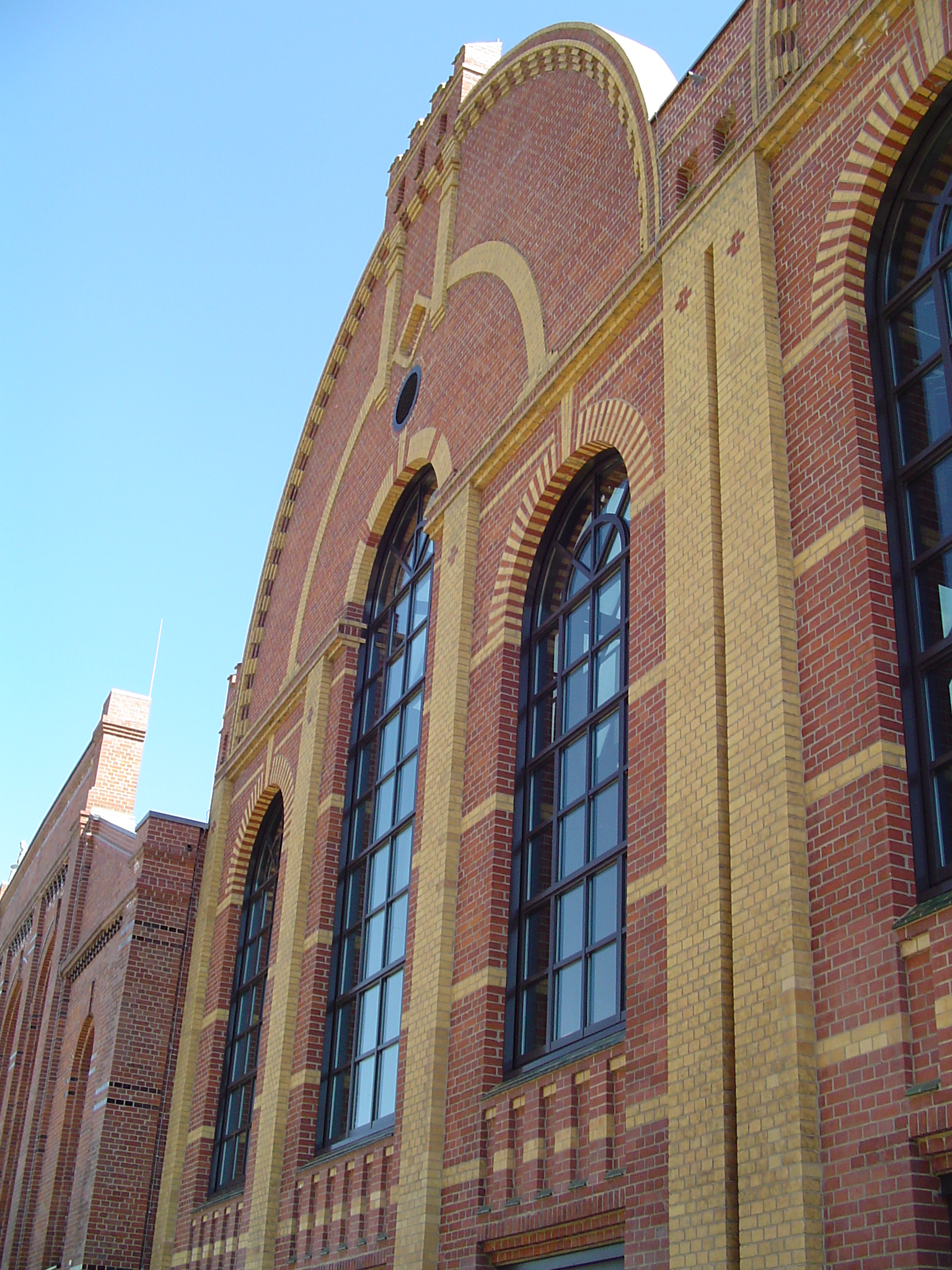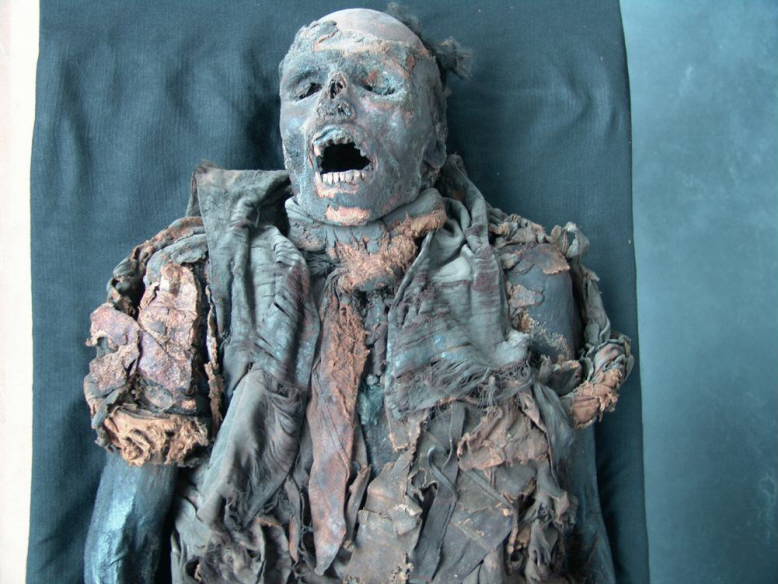Chemnitz Museum Of Industry on:
[Wikipedia]
[Google]
[Amazon]
 The Saxon Museum of Industry is a museum with four locations in
The Saxon Museum of Industry is a museum with four locations in
 The Chemnitz Tar Mummy is a
The Chemnitz Tar Mummy is a
Official Web site of the museum
Visitors
Saxony TV news
FDP Chemnitz
Saxony TV news
Freie Presse
Saxony TV news
Freie Presse
Ad Hoc News
 The Saxon Museum of Industry is a museum with four locations in
The Saxon Museum of Industry is a museum with four locations in Saxony
Saxony (german: Sachsen ; Upper Saxon: ''Saggsn''; hsb, Sakska), officially the Free State of Saxony (german: Freistaat Sachsen, links=no ; Upper Saxon: ''Freischdaad Saggsn''; hsb, Swobodny stat Sakska, links=no), is a landlocked state of ...
. It is organised as a "special purpose association" (German: ''Zweckverband''), the members of which are the towns of Chemnitz
Chemnitz (; from 1953 to 1990: Karl-Marx-Stadt , ) is the third-largest city in the German state of Saxony after Leipzig and Dresden. It is the 28th largest city of Germany as well as the fourth largest city in the area of former East Germany a ...
, Crimmitschau
Crimmitschau () is a town in the district of Zwickau in Saxony, Germany.
Geography
Crimmitschau lies on the river Pleiße in the northern foothills of the Erzgebirge.
Neighboring municipalities
Adjacent communities include: Zwickau, Dennherit ...
, Ehrenfriedersdorf
Ehrenfriedersdorf () is a town in the district of Erzgebirgskreis, in Saxony, Germany. It is situated 8 km northwest of Annaberg-Buchholz, and 21 km south of Chemnitz
Chemnitz (; from 1953 to 1990: Karl-Marx-Stadt , ) is the third-la ...
and Hoyerswerda
Hoyerswerda () or Wojerecy () is a major district town in the district of Bautzen in the German state of Saxony. It is located in the Sorbian settlement area of Upper Lusatia, a region where some people speak the Sorbian language in addition to G ...
.
The Chemnitz Tar Mummy is a mummified
A mummy is a dead human or an animal whose soft tissues and organs have been preserved by either intentional or accidental exposure to chemicals, extreme cold, very low humidity, or lack of air, so that the recovered body does not decay furt ...
human body which has been on display at the museum since 2003.
Work of the museum
Within the scope of researching and presenting the industrial and economic history of Saxony, the association's remit includes collecting and preserving cultural artefacts, preserving Saxony's industrial heritage, and using the buildings as museums.Individual museums
The individual museums of the association are: Chemnitz Museum of Industry () : Exhibits include Saxony, its industrialists, its workforce, creativity, consumers, textile manufacture, and motor car engines. West Saxon Textile Museum in Crimmitschau () : Exhibits include the buildings themselves, a complete historic textile factory owned by the Pfau brothers (producing woollens from 1885); the original looms and other machinery for preparing wool for weaving; and a detailed timeline with photographs. Ehrenfriedersdorf Tin Mine () : Exhibits include the tin mine itself, where visitors can travel down to a depth of 100 metres; a collection of over 1000 minerals; medicinal galleries; and a jewel grindery. Knappenrode Energy Factory () : Exhibits include the Lausitz Mining Museum, a century-old brick factory and powerstation; treasures of the earth; the pit's fire brigade and rescue team; fireplaces;lignite
Lignite, often referred to as brown coal, is a soft, brown, combustible, sedimentary rock formed from naturally compressed peat. It has a carbon content around 25–35%, and is considered the lowest rank of coal due to its relatively low heat ...
and the environment; mine surveying; diggers, locomotives and railways; pit head frames and underground clearances; and living beside the factory gates.
The museums present Saxon industrial history in different ways: as a conventional museum, a textile factory, a "show" mine, and a special museum for the whole spectrum of Saxon industry, from mining
Mining is the extraction of valuable minerals or other geological materials from the Earth, usually from an ore body, lode, vein, seam, reef, or placer deposit. The exploitation of these deposits for raw material is based on the economic via ...
via the textile industry
The textile industry is primarily concerned with the design, production and distribution of yarn, cloth and clothing. The raw material may be natural, or synthetic using products of the chemical industry.
Industry process
Cotton manufacturi ...
and textile machinery manufacture, to machine tool manufacture.
Reception
By April 2003, the Chemnitz museum had welcomed 500,000 paying visitors. In 2008, ''Freie Presse'' reported that although the Chemnitz museum had had its best year with up to 100,000 visitors, its future remained uncertain with arguments over its funding. A compromise suggested additional European Social Fund money, tied to education projects. The museum hosted a design exhibition in 2010.Awards
In 2005 the Saxon Museum of Industry in Chemnitz was given a Special Commendation of the European Museum Forum.Notable exhibits
Chemnitz Tar Mummy
 The Chemnitz Tar Mummy is a
The Chemnitz Tar Mummy is a mummified
A mummy is a dead human or an animal whose soft tissues and organs have been preserved by either intentional or accidental exposure to chemicals, extreme cold, very low humidity, or lack of air, so that the recovered body does not decay furt ...
human body which has been on display at the Saxon Museum of Industry in Chemnitz since 2003.
In 1884 a body of an unknown, 1.66 m tall workman was found in a tar container of the Chemnitz Gasworks 1. The cause of his death could not be ascertained. Because there were no signs of violence found in his body, the man was buried in the ground. After 23 years, in 1907, the body was exhumed for re-examination at the Institute of Forensic Medicine in Leipzig
Leipzig ( , ; Upper Saxon: ) is the most populous city in the German state of Saxony. Leipzig's population of 605,407 inhabitants (1.1 million in the larger urban zone) as of 2021 places the city as Germany's eighth most populous, as wel ...
. A further examination revealed that the body was completely mummified.
Because of tar
Tar is a dark brown or black viscous liquid of hydrocarbons and free carbon, obtained from a wide variety of organic materials through destructive distillation. Tar can be produced from coal, wood, petroleum, or peat. "a dark brown or black bit ...
, a gas plant byproduct, and its preserving action on the body and the working clothes, the Chemnitz Tar Mummy is well preserved to this day. as reprinted at
References
External links
Official Web site of the museum
Visitors
Saxony TV news
FDP Chemnitz
Saxony TV news
Freie Presse
Saxony TV news
Freie Presse
Ad Hoc News
European Route of Industrial Heritage
The European Route of Industrial Heritage (ERIH) is a tourist route of the most important industrial heritage sites in Europe. This is a tourism industry information initiative to present a network of industrial heritage sites across Europe. The a ...
{{DEFAULTSORT:Saxon Museum of Industry
Industry
Industry may refer to:
Economics
* Industry (economics), a generally categorized branch of economic activity
* Industry (manufacturing), a specific branch of economic activity, typically in factories with machinery
* The wider industrial sector ...
Industry museums in Germany
Culture of Saxony
Museums in Chemnitz
Crimmitschau
Ehrenfriedersdorf
Hoyerswerda